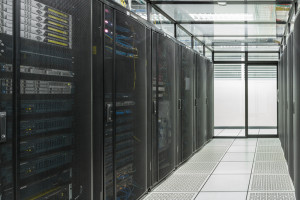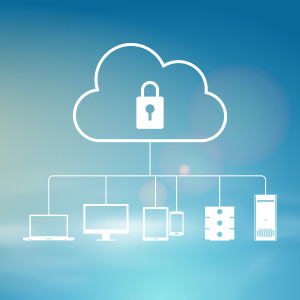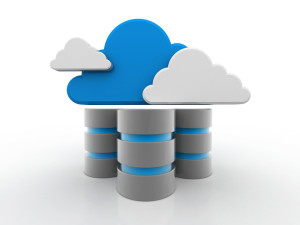 The upsurge of data in recent years has sparked a need for and rise in the number of data centers and data interconnected projects around the world. Service providers and enterprises have new obstacles when providing large bandwidth to virtually everybody, compared to a select few clients or individuals in the past.
The upsurge of data in recent years has sparked a need for and rise in the number of data centers and data interconnected projects around the world. Service providers and enterprises have new obstacles when providing large bandwidth to virtually everybody, compared to a select few clients or individuals in the past.
Companies have been able to utilize more data storage to accommodate this change due to a decrease in the cost of storing data, an increase in available cloud storage, and the ease of transferring data across networks today.
With data centers at the epicenter of technology and the connectivity between data centers being a vital part of a businesses agility, it is important to consider the the following factors when looking at data center connectivity.
Key Factors Affecting Data Center Interconnection
Businesses should seek an effective solution that will match data demand and adapt as the system grows.
1.) Space, Power, and the Data Center Environment
When choosing a data center, a space that can handle a large amount of power along with appropriate cooling is vital. The environment needs to have sufficient power and be able to handle the transfer speeds and amount of data required. The ability to maintain interconnection between data centers with maximum efficiency should be analyzed.
2.) Achieving a Low Latency
Most data center interconnections that are connected with fiber optics are attempting to achieve the lowest latency possible. The speed of a fiber optic network is quite fast, but the distance between data centers is something that must be considered.
Using optical amplifiers and dispersion adds latency to a fiber even if the distance is short or direct. This must be considered in order to achieve the lowest latency possible and ensure that delaying the transfer of data will be at a minimum. The shortest routes between data centers must be evaluated in order to keep latency low.
3.) Managing the Future with a Network
Scalability of a network is vitally important because of the constant growth of technology, traffic, speed, and other factors. Data centers today handle a wide variety of technologies and protocols, including Ethernet and Fiber Channels along with application–specific protocols.
The interconnection of some data center networks can be uncomplicated, while others can be more complex and difficult to interpret. There is a large amount of variance between how one data center operates compared to another depending on data volumes along with a variety of other factors. Networks have differing costs, geographic areas, and maintenance requirements, making each data center interconnect project unique.
 Having the right cloud security is of paramount importance. With maximum security protocols in place, a company’s most vital information can be protected from unscrupulous hackers and foreign intrusion. Clients can also monitor who accesses their shared and private data and ensure that documents are safe from cyber criminals.
Having the right cloud security is of paramount importance. With maximum security protocols in place, a company’s most vital information can be protected from unscrupulous hackers and foreign intrusion. Clients can also monitor who accesses their shared and private data and ensure that documents are safe from cyber criminals. Hybrid cloud adoption continues to soar at alarming rates. In fact, Business Word recently reported that hybrid cloud usage will triple in growth by 2018. This is due to the ongoing demand of companies seeking better reliability, availability, and security for file storage and data sharing. While elasticity is also playing a key role in centralized and streamlined cloud communications, providers are also offering manageable cost structures that effectively meet client budgets and financial concerns.
Hybrid cloud adoption continues to soar at alarming rates. In fact, Business Word recently reported that hybrid cloud usage will triple in growth by 2018. This is due to the ongoing demand of companies seeking better reliability, availability, and security for file storage and data sharing. While elasticity is also playing a key role in centralized and streamlined cloud communications, providers are also offering manageable cost structures that effectively meet client budgets and financial concerns. Expense management is the key to successfully managing and mobilizing workforces. In fact, it can be the determining factor for any business trying to stay afloat in this challenging, ever-changing business climate.
Expense management is the key to successfully managing and mobilizing workforces. In fact, it can be the determining factor for any business trying to stay afloat in this challenging, ever-changing business climate.  One of the biggest concerns when moving to the cloud is security. It is no small thing to entrust valuable, often vital, data to others, but the advantages of cloud services are undeniable. Luckily, there are a few things to look into before signing a service agreement that can help secure data in the cloud.
One of the biggest concerns when moving to the cloud is security. It is no small thing to entrust valuable, often vital, data to others, but the advantages of cloud services are undeniable. Luckily, there are a few things to look into before signing a service agreement that can help secure data in the cloud.